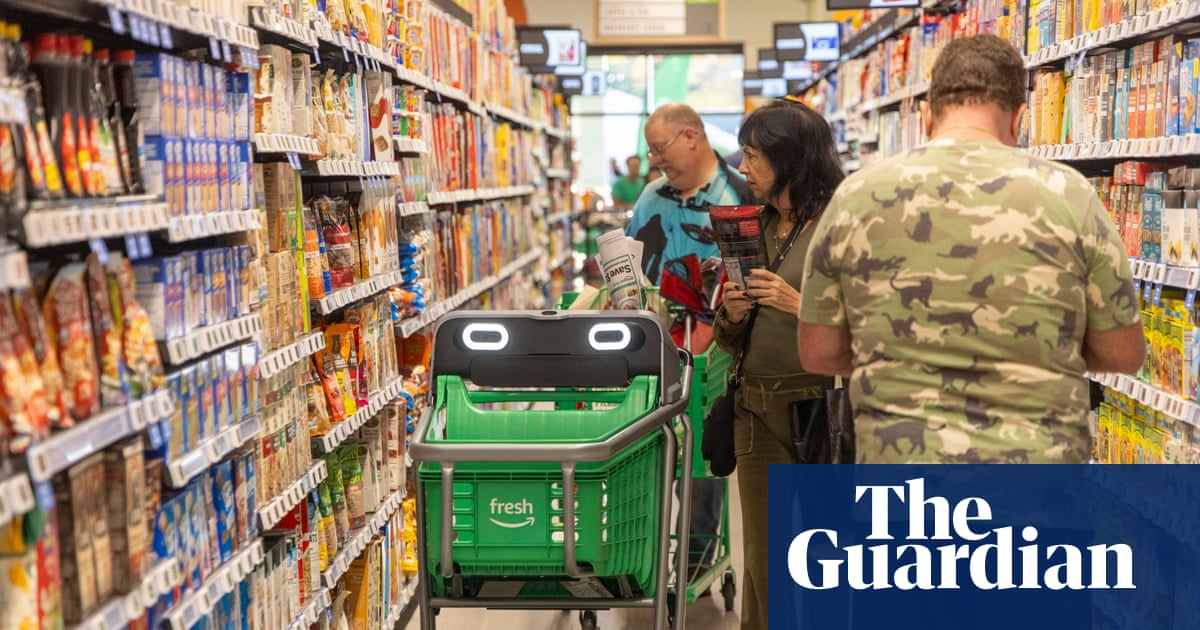The pace of US economic growth slowed over the summer but continued its two-year expansion, according to data released on Wednesday, days before millions of voters decide whether Kamala Harris or Donald Trump is best placed to lead it forward.
US gross domestic product (GDP) – a broad measure of economic health – rose by 2.8% in the third quarter, short of economists’ expectations of 3.1%, and down from the previous quarter’s 3% reading. The increase was driven primarily by consumer spending, exports and federal government spending
US policymakers scrambled to bring down inflation from its highest level in a generation two years ago. The Federal Reserve rapidly increased interest rates to tamp down prices in a move that economists feared risked tipping the world’s largest economy into recession. Such warnings failed to materialize.
US economic growth has been surprisingly resilient under Joe Biden, with only one quarter – the first of 2022 – in decline, as the shockwaves of the Covid-19 pandemic continued to rattle the global economy.
But many Americans still aren’t feeling it. Almost half wrongly believe the US is in recession, according to a Harris Poll conducted exclusively for the Guardian last month. Years of rising prices continue to take their toll.
Trump has sought to portray the Biden administration as a “destroyer” of jobs, despite US employers adding millions of jobs in recent years. Harris, Biden’s vice-president, has acknowledged that the cost of living remains “just too high” for many, and has pledged to take action to help.
The latest GDP report was released ahead of closely watched jobs data for October, out on Friday. Economists expect the economy to have added about 125,000 new positions over the month, the last report before the election report. That figure would be a sharp drop from the 250,000 jobs added in September, when hiring unexpectedly accelerated, and will probably reflect the strike at Boeing and the impact of Hurricanes Helene and Milton.








